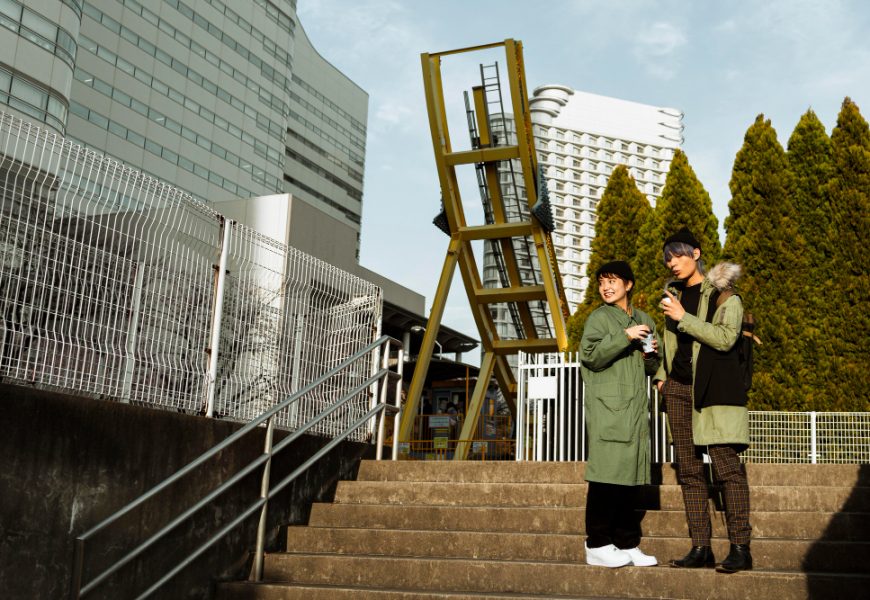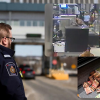Cities are not experienced solely through logic or maps; they are absorbed through the body and mind in profoundly instinctive ways. When we walk along a quiet alley, linger on a crowded square, or wait in the corridors of a transit hub, we continuously interpret signals from the built environment. These signals shape whether we feel at ease or on alert. Architecture is therefore never neutral—it subtly guides our awareness, influencing whether our pulse quickens or slows, whether our gaze seeks an exit, or whether we feel safe enough to stop and enjoy the surroundings.
Street layouts, for instance, can either offer clear sightlines and legible paths or create confusing dead ends and hidden corners that undermine confidence. Similarly, urban design choices such as how wide a sidewalk is, how close a building stands to the street, or how permeable a façade appears can strengthen or weaken our sense of personal security. When the spatial choreography of a neighborhood fosters visibility, sociability, and orientation, we instinctively feel more comfortable. Conversely, when streets are dim, isolated, or fractured by barriers, suspicion and unease creep in.
In essence, the design of cities and buildings plays directly into our evolutionary instincts—our desire to see without being overly exposed, to be near others but not overwhelmed, and to have a ready escape route if necessary. Everyday comfort in the city is, to a large extent, an architectural phenomenon.
Lighting is one of the most immediate ways design affects safety. Well-lit streets and plazas do more than improve visibility; they signal care, occupancy, and social oversight. Poorly illuminated underpasses or long shadows cast by blank walls, by contrast, create atmospheres of neglect and threat. The color, tone, and even placement of lighting fixtures can alter the psychological impression of a space, transforming it from daunting to welcoming.
Transparency in architecture—such as glass-fronted ground floors, open lobbies, and visible staircases—creates visual connections between the interior and exterior worlds. Transparent buildings avoid the feeling of opacity and secrecy, qualities that can unsettle pedestrians passing by. Sightlines matter equally: when walls, fences, or dense plantings block views, people may feel trapped or uncertain about what lies ahead.
Material choices also convey subtle cues. Heavy concrete, rough stone, or rusting metal might communicate permanence and strength, but in some contexts, they can appear forbidding. Warm woods, tactile finishes, and softer surfaces encourage comfort and invitation. Entrances play a defining role—doors hidden down a narrow alley give an impression of concealment, while a clearly marked, open entry conveys welcome and security. The choreography of openings and exits also influences how people judge their options: knowing where one can leave a space, or that one is not locked in, is essential to feeling safe.
Safety in cities is not achieved solely through fences or cameras—it is reinforced through human presence. Jane Jacobs famously described this as “eyes on the street.” When neighborhoods are designed with healthy residential density and a mixture of uses—housing above shops, cafés alongside small services, cultural facilities near workplaces—streets remain active across different times of day. This reduces moments of desolation and sustains a sense that others are nearby and watching.
Pedestrian‑oriented design amplifies this effect. Wide sidewalks, street trees, and benches invite people to linger rather than rush through. Active ground floors filled with transparent storefronts or community uses prevent streets from becoming lifeless corridors dominated only by cars. Human‑scaled features—such as lighting at shoulder height, street furniture arranged for conversation, or building details visible at walking speed—encourage interpersonal recognition and trust.
The result is a subtle network of social surveillance, not in a punitive sense, but as a natural product of communal life. When people can see and be seen, when they have meaningful places to walk, pause, and gather, fear tends to decrease. Strangers transform from potential threats into passive guardians of one another’s comfort. Urban architecture thus reshapes vulnerability into connectedness.
How Defensible Space, Territorial Markers, Green Infrastructure, and Community Amenities Influence Safety and Well‑Being
Beyond individual perception, architecture and urban planning intersect with broader social psychology. Concepts of “defensible space” suggest that when residents feel territorial over their surroundings, crime is deterred and collective identity strengthens. Territorial markers—such as well-kept gardens, decorated entrances, murals, or neighborhood signage—are not only aesthetic; they communicate ownership and care. A sense of cared‑for space reduces the likelihood of disorder and increases the sense of belonging.
Symbolic boundaries serve an additional function, reminding residents and visitors alike that they are entering a shared environment where norms exist. This does not have to imply exclusion; rather, it can celebrate community expression and clarify spatial identity. Similarly, the integration of parks, trees, and water features adds layers of psychological comfort. Green infrastructure softens the built environment and provides spaces where stress is lowered and social interaction thrives.
Public furniture—benches, shelters, lighting poles designed for gathering—signals that people are welcome to use common spaces. When combined with community‑centered amenities such as playgrounds, local sports areas, or cultural kiosks, these elements transform security from a matter of deterrence into one of positive engagement. People feel safe not just because crime is reduced, but because the environment supports their dignity, pride, and shared well‑being.
Across these layers, architectural influences extend beyond prevention. They shape civic pride, collective trust, and the subconscious ways in which we judge our environment. As we move through a city, our minds rapidly evaluate whether we belong, whether we are protected, and whether we can relax—evaluations that arise directly from architectural signals both grand and subtle.
Architecture’s impact on urban safety is not limited to gates, locks, or patrols; it lives in the everyday choreography of space, light, form, and social presence. A narrow, dim underpass makes us wary, while a wide, tree‑lined avenue alive with storefronts and people sets us at ease. Safety in cities is equally psychological and physical, equally about perception as about actual risk. Architects, planners, and communities hold immense responsibility: their decisions write the scripts of comfort, trust, and belonging that define whether we feel safe in our streets.
Designing for safety is therefore not an afterthought but a central human concern. Through thoughtful choices at every scale—from the angle of a window to the design of a boulevard—architecture shapes the environments where people either shrink back in fear or step forward with confidence.








